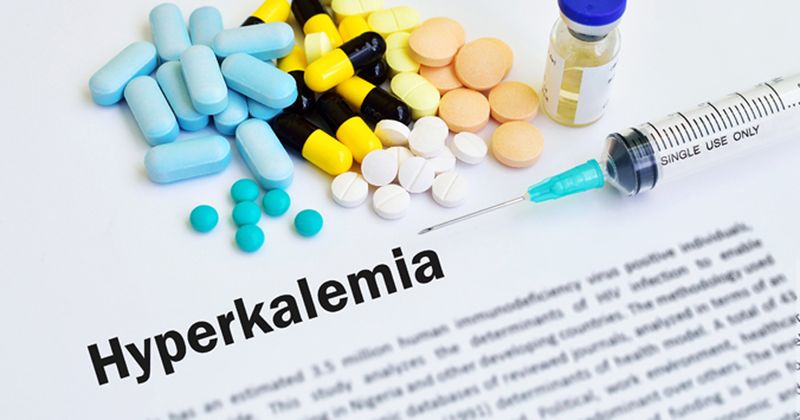Deviations in potassium levels may better predict hospitalizations, mortality in ESKD
A study of patients on hemodialysis found potassium levels that deviate outside of the target range may be a more accurate predictor of hyperkalemic events than a single measurement or time-averaged values.
In addition, after determining that hospitalizations and mortality increased with potassium levels at lower thresholds than previously considered significant, Angelo Karaboyas, MS, of Arbor Research Collaborative for Health, and colleagues suggested a greater proportion of patients may be at risk.

“Hyperkalemia is common among hemodialysis (HD) patients and has been associated with adverse clinical outcomes,” the researchers wrote. “Previous studies considered a single serum potassium (K) measurement or time-averaged values, but serum K excursions out of the target range may be more reflective of true hyperkalemia events. We assessed whether hyperkalemia excursions lead to an elevated risk of adverse clinical outcomes.”
Using data from 21 countries related to 62,070 patients (enrolled in the Dialysis Outcomes and Practice Patterns Study), Karaboyas and colleagues examined the relationship between monthly potassium levels, measured in a 4-month period, and clinical outcomes for the subsequent 4 months.
“The primary exposure variable was ‘peak K’, defined as the highest value of a monthly pre-dialysis serum K observed during the 4-month exposure interval,” the researchers wrote. “ ... We divided time into 4-month intervals to assess whether peak K over a 4-month period was associated with an elevated risk of adverse clinical outcomes over the subsequent 4 months.”
They determined the prevalence of hyperkalemia based on peak K of greater than 5 mEq/L was 58%, was 30% for peak K greater than 5.5 mEq/L and was 12% for peak K greater than 6 mEq/L.
With peak K of 5.1 to 5.5 mEq/L, they observed the all-cause mortality hazard ratio was 1.15; with peak K between 5.5 mEq/L to 6 mEq/L and greater than 6 mEq/L, the all-cause mortality HRs were 1.19 and 1.33, respectively.
“In this large international cohort study of HD patients, we observed consistent associations between one or more HK excursions and mortality, hospitalizations and CV events,” Karaboyas and colleagues wrote of the findings. “Even patients with a peak serum K at levels currently considered mildly hyperkalemic (5.1 [to] 5.5 mEq/L) over a 4-month period had a 13 [to] 15% greater rate (versus K 5 mEq/L) of mortality, hospitalization and CV events over the subsequent 4 months. This new finding implies that a much greater proportion (>50%) of the HD population may be at risk for adverse clinical outcomes than previously reported.”

